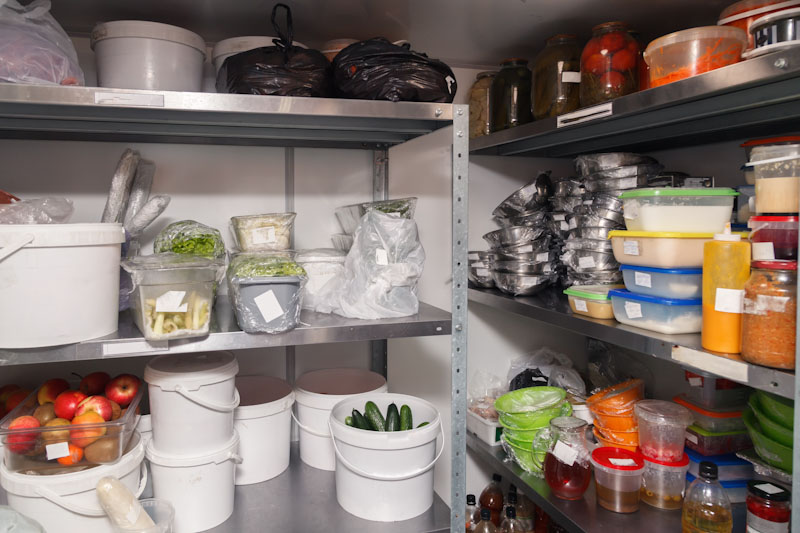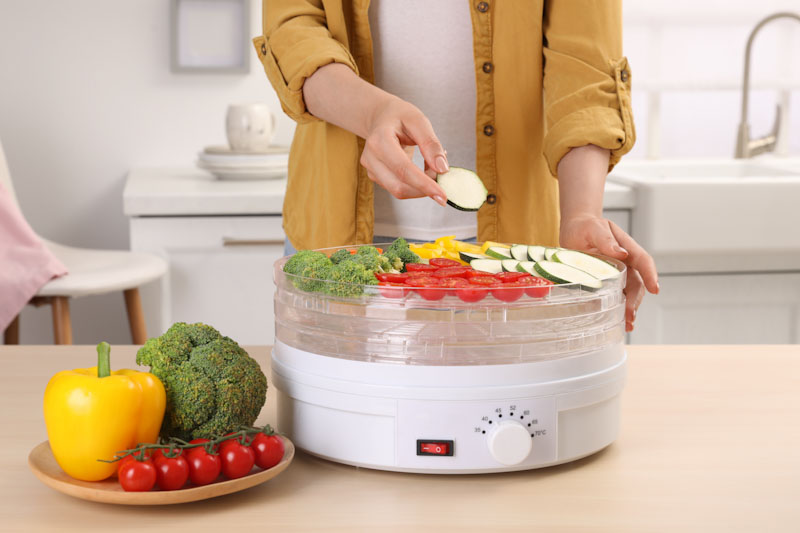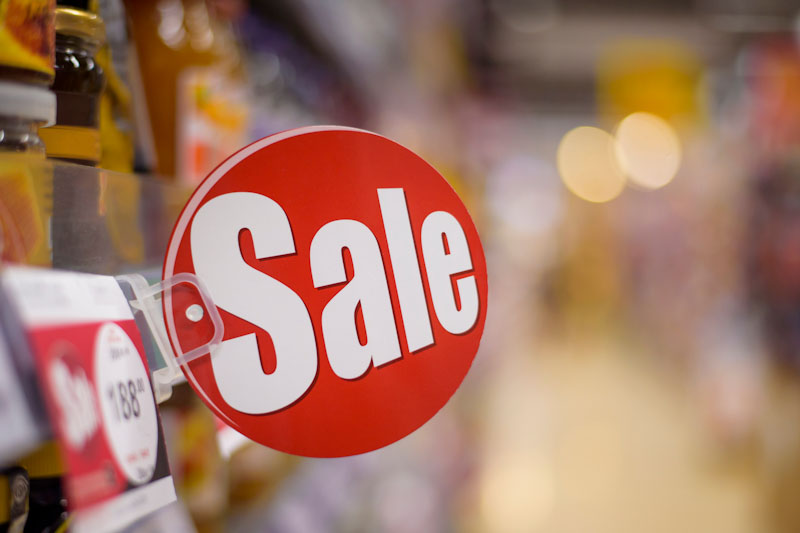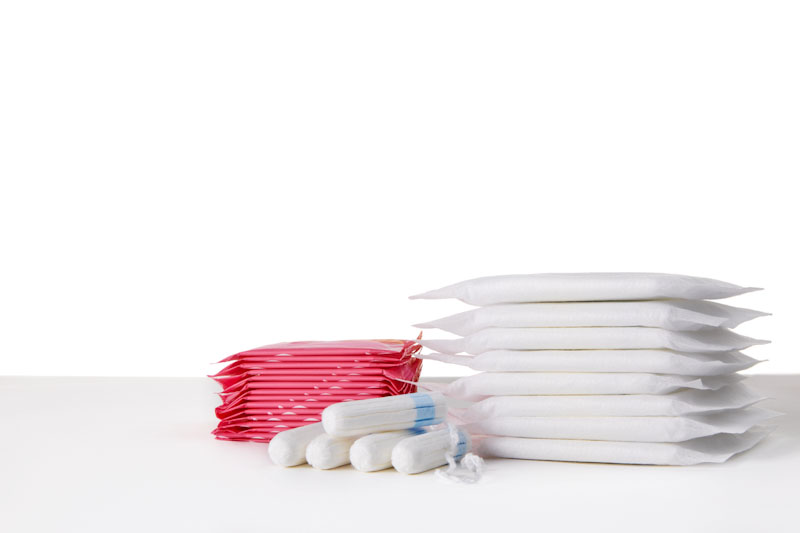Food storage, although a smart and cost-effective solution at times, can also bring along with it health hazards. The Centers for Disease Control and Prevention (CDC) estimates that every year around 48 million people get sick due to foodborne illnesses. This is why it is vital to ensure that your food supply practices are safe and prevent any contamination and spoilage.
In this article, we will explore the best ways to preserve your edibles, maintain health standards, and include ways to organize your storage for maximum efficiency.
Why Proper Food Storage Matters
There are many reasons why storing food properly is crucial for families and individuals. Whether it is a desire to be prepared for emergencies, saving money through bulk shopping, or prepping for a natural disaster, it is necessary to make sure your products stay safe to consume. Additionally, storing them can help you reduce waste and save money.
Selecting the Right Foods for Long-Term Storage
Choosing the correct items for emergency stockpiles is the first step to prolonged storage. To make your selection as informative as possible, consider the following:
Nutritional Balance
Opt for a variety of edibles to keep a balanced diet. Your stash could include grains, legumes, canned fruits and vegetables, and high-protein options like canned meats and fish. They must be nutrient-dense to provide the necessary vitamins and minerals for daily consumption.
Shelf-Stable Choices
Try to find items labeled with extended expiration dates since these will stay safe to eat longer. Products such as dried beans, rice, pasta, and canned goods have lasting shelf lives.
Be Aware of Dietary Restrictions
Take into account any dietary restrictions or allergies within your household to ensure your food stock meets everyone’s needs. If someone has a gluten intolerance, be sure you have gluten-free options. Taking this necessary step can also prevent any allergic reactions and unnecessary health complications.
Being mindful of these points will showcase your unique skills and reassure your loved ones that you seek their best interests.
Proper Storage Techniques
Once you have selected the right foods, it is important to store them properly to ensure they stay safe and preserve their quality. Here are a few tips to follow:
Regulate the Temperature
The ideal dry storage temperature for most edibles is between 50 to 70°F. So, use a thermometer to check the temperature of the space consistently. Also, avoid areas in your home that experience extreme temperatures, since it can compromise the shelf-life of your goods.
Freeze-Dry and Dehydrate Foods
Freeze-dried and dehydrated foods are excellent choices for prolonged storage. They retain most of their nutritional value and are lightweight, making them ideal for emergencies. They are typically easy to prepare and rehydrate.
Having a mix of these options will help create a well-rounded and reliable emergency supply. Additionally, you must rotate through your food stock regularly so items with shorter shelf lives stay fresh.
Proper Packaging for Food Preservation
Once you’ve chosen your products, it’s important to package them correctly for lasting shelf life. Suitable packaging helps protect against pests, moisture, and oxygen, which can lead to spoilage. Here are some tips to appropriately preserve your edibles:
Mylar Bags and Oxygen Absorbers
Use mylar bags and oxygen absorbers to seal food since they can prevent oxygen and moisture from getting in and ruining your supplies. Mylar bags can create a barrier against odor, light, oxygen, and moisture, which can help maintain the quality. Oxygen absorbers have specific elements that allow them to extract the excess oxygen from sealed containers, which helps to prevent spoilage. Both containers must be stored in dry, cool, and dark places to avoid any exposure to elements that could reduce the food quality.
Airtight Containers
Invest in airtight containers for edibles like grains, pasta, and sugar. These containers help preserve freshness and protect against pests. It’s also vital to make sure that these containers are made of food-safe materials such as stainless steel, and aluminum to avoid contamination.
Labeling
Clearly mark each package with its contents and the date of packaging. This makes it easy to rotate your stock and prevents them from going to waste. It’s also essential for quick identification during an emergency.
Vacuum Sealing
Vacuum sealing removes air from the packaging, extending the shelf life of your stored products. This method is beneficial for meats and other perishable items. When you’re vacuum sealing, follow the correct sealing techniques to avoid any air leaks:
- Avoid overfilling the top of the bag.
- Only add a single layer of food to prevent air pockets.
- Double-check the seal to make sure it is airtight.
Not only does secure packaging prolong the shelf life of your food, but it also helps with organization and identification, making it easier to manage your goods.
Storage Conditions
Proper storage conditions are just as crucial as appropriate packaging. They can help your meals stay fresh and safe to eat. Here are some guidelines to follow:
- Cool and dry areas: Select a cool and dry location, like the basement, and closet. If these options are not available, try investing in pantries, cabinets, and storage bins that are specifically designed to hold these types of items.
- Dark spaces: Keep your food out of direct sunlight to prevent heat damage and have optimal conditions.
- Well-ventilated: Ensure correct ventilation in your storage space to stop moisture buildup and mold growth. Use open shelving to allow for air circulation around your stockpiles.
- Consider root cellars: If you have access to one, root cellars are traditional, natural storage spaces that stay cool, have stable temperatures and low humidity levels, and are ideal for extended food storage. Root cellars are particularly useful for storing root vegetables and canned goods.
The ideal storage conditions for your items may vary depending on the types you have and your location. So, monitor your storage space routinely and make adjustments as needed.
Organizing Your Food Stocks
Keeping your food storage space well-organized not only provides safety but also makes it easier to access your supplies during emergencies. Here are a few tips for arranging your goods:
- First in, first out (FIFO): Implement a FIFO system to use older items first. This stops them from expiring before you can consume them.
- Categorize by food type: Group similar products together, making it simple to locate what you need. For example, store all canned vegetables in one section and pasta in another. Categorizing by food type makes inventory checks more efficient.
- Frequent inventory checks: Periodically check your inventory to track expiration dates and identify things that need replacement. Also, use inventory management software or a spreadsheet to stay on track of your items and avoid confusion and overwhelm.
- Use shelving and storage containers: Invest in sturdy shelving and storage containers to maximize your storage space and organize it. Consider using units with adjustable shelves that provide flexibility for different-sized products.
Evaluating and assembling your goods may seem like a tedious task, but doing so can save time and establish the safety of your family during emergencies.
Signs of Potential Damage to Your Food Storage
Detecting signs of damage in your supply is critical to avoiding unpleasant surprises. Hidden water damage, in particular, can ruin a significant portion of your goods. Look out for these warning signs:
- Mold growth: If you spot mold on your stockpiles, discard them immediately. Mold can spread and contaminate nearby stock. Therefore, check all stored items periodically for any signs of growing mold.
- Odor changes: Unpleasant or unusual odors from your stored food may mean spoilage. Investigate and remove any compromised products. Use your sense of smell as an early warning system for decaying food.
- Pest infestation: Watch for signs of pests like rodents or insects in your storage area. Then, use traps or other preventive measures to safeguard your supplies. Also, look out for chewed packaging or droppings, which could indicate an unwanted visitor.
- Check for dents or leaks: Inspect cans and containers for dents, then look for any signs of leakage in your plumbing. These leaks can damage the contents in your storage area and make them inedible.
There are no shortcuts when it comes to correct food preservation. Regular checks and maintenance can help you avoid losses and guarantee the safety of your emergency supply.
Additional Considerations for Long-Term Food Storage
Although proper packaging and storage conditions are key to preserving your emergency supplies, there are a few other factors to consider:
- Water Supply: Be sure you have adequate water for cooking and rehydrating dried edibles. You must store water in clean, food-grade containers and follow correct water purification procedures to avoid illnesses.
- Emergency cooking methods: Invest in a portable stove, propane burner, or other cooking methods suitable for emergencies. You must also have enough fuel as well. Learning to cook with limited resources can be valuable.
- Emergency kits: Include essential tools and supplies like can openers, utensils, and sanitation items in your emergency kit. First aid supplies, flashlights, and batteries are vital for your preparedness.
- Extended sustainability: Consider growing your own food to supplement your emergency supplies. Learn about gardening and seed preservation to secure a sustainable food source in the long run. Gardening can also provide fresh produce during non-emergency times.
Whether it’s a natural disaster, economic crisis, or any other unexpected situation, being prepared will make a big difference in your ability to handle it. By following reliable guidelines, you can relax knowing that you’ve taken steps to secure your extended supply and are ready for anything that comes your way.











Debra Quincy | November 21, 2023
|
2 years ago I was thinking it’ will never go that bad. Today I realized I made a lot of arrangements because I’m not that sure any more. I have a friend with a bunker like facility deep underground and we have a lot of survival stuff down there today. Weapons included, a lot of tech and a diesel generator.
Better safe than sorry!